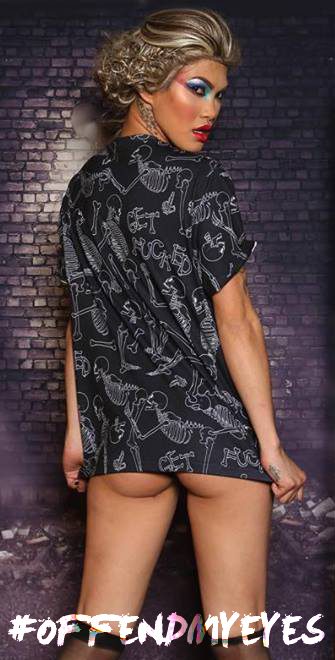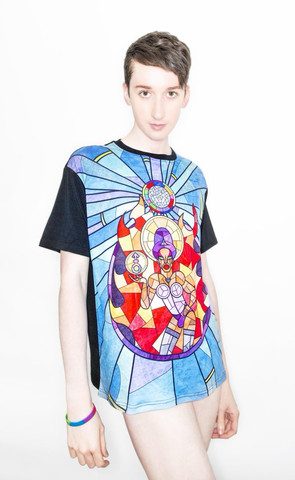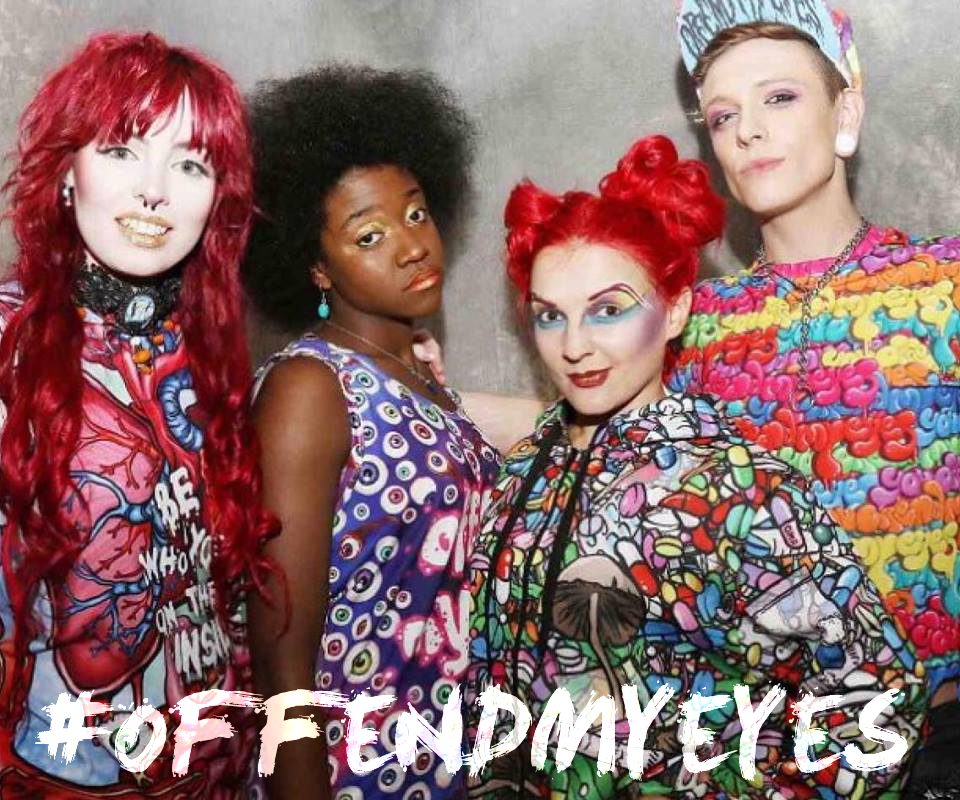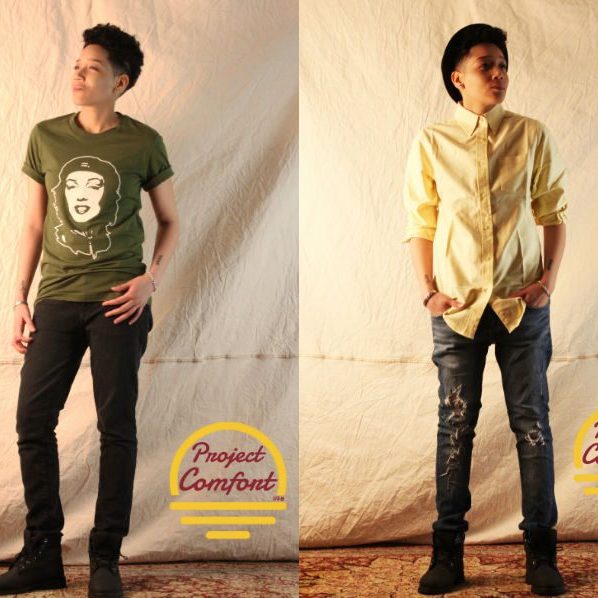 Why is genderless clothing a bad thing?
Why is genderless clothing a bad thing?
I recently saw an article about a well-known clothing brand releasing their new line of ‘genderless’ clothing.
Whilst my first impression was that I was pleased the company had chosen to support people who didn’t necessarily fit into the default ‘male or female categories, I was soon concerned that what they had actually done was the opposite.
Growing up as a transgender man, I often found it nerve-racking to shop for clothing. Most high street shops didn’t only label their clothing as MALE or FEMALE, but also went as far as to separate them completely – often on completely different floors of a store!
Walking through the men’s section was not only daunting, but being told I had to take the men’s clothing downstairs to the women’s changing rooms was humiliating, and the continuous ‘they’re men’s jeans, you want the women’s section downstairs’ very intrusive and rude.
So why is genderless clothing a bad thing, you ask?
Surely that helps your situation? Well, actually no. The problem is not with the clothing at all. The men’s jeans fit me and many other feminine figures just fine, that was never the problem.
In fact, many people who identify as women choose to wear more masculine clothing that is marketed at men – maybe they prefer the colours, the fit, the way they feel (why is clothing aimed at men so much more comfortable?) or maybe it just suits them!
What the real problem was here, is the marketing. The men’s clothing was never really accessible to me because I didn’t fit their idea of a man.

Model: Mia Resa
The problem selling ‘genderless’ clothing is that clothing is ALREADY genderless. T-shirts don’t have genitals (surprise!) and shoes don’t identify as anything but shoes. Gender is an added tag that companies use for marketing.
It’s been the norm for so long now that it’s accepted every day without even the people who are doing it questioning their actions. The high street store that released the genderless clothing line didn’t realize that they didn’t have to create a brand new clothing line to label as a third option, they just need to let people buy the clothing that they already have. “But how will we find the clothing we want without these labels?!” is normally the first reaction.
By labelling clothing as that they actually are, instead of who you think would suit them, is still a good enough label. “Women’s High Heels” are simply high heels, marketed at women. I hate to break it to you, but men can wear high heels too!
As a clothing designer myself, I didn’t ever want to label my garments as ‘male’ or ‘female’. Everything we make can be worn by anybody. In fact, it’s the whole ethos of our brand – be yourself, and wear whatever the hell you want. Even when we created more snug, fitted T-shirts that would usually be labelled ‘women’s tees’ we purposely labelled them as ‘fitted unisex.’
Because, after all, if a man wants to wear a fitted top, then it is a man’s top. I still find it bizarre when people like a garment, but won’t wear it because it is labelled as women’s. It’s why we model our clothing on lots of different people – including male, female, trans and gender-fluid models who aren’t shy about expressing themselves.

Model: Ivan Fahy
So what would be my ideal situation? Well, I think we are becoming more accepting and understanding with regards to gender anyway. While we still have a long way to go, I am noticing more and more people are familiar with terms and what they mean, and this only means that soon businesses will follow to keep up to date with trends and current times.
The first step? It’s OK to label something to make it easier to find, but do away with the restricting, sexist, outdated (and rather useless) gender labelling on clothing.



